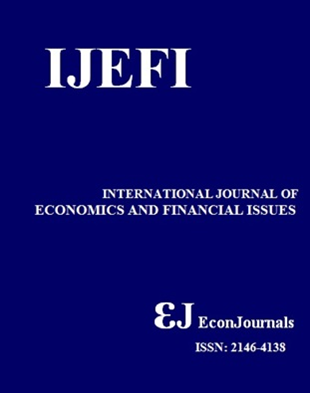The Influence of Government Expenditure on Economic Growth in Morocco: An ARDL Approach
DOI:
https://doi.org/10.32479/ijefi.18985Keywords:
Government Expenditure, Economic Growth, ARDL Model, Moroccan Economy, Fiscal Policy EfficiencyAbstract
The interplay between public sector expenditure and economic growth remains a pivotal area of inquiry for scholars and policy practitioners. This investigation scrutinises the ramifications of government spending on economic growth in Morocco from 1970 to 2023. Employing the Autoregressive Distributed Lag (ARDL) estimation technique alongside data derived from the World Development Indicators, this study explores the effects of public investment, demographic variables, and foreign direct investment (FDI) on GDP over short and long-term horizons. The findings reveal a pronounced positive correlation between government expenditure and long-term economic growth, thus highlighting the essential function of public investment in driving developmental progress. In contrast, the short-term impacts of FDI and population growth on GDP are relatively modest, indicating a possible temporal lag before these factors exert their comprehensive influence. This research enriches the sparse body of literature concerning fiscal policy in Morocco and proffers substantive insights for policymakers seeking to enhance public expenditure strategies within sustainable development.Downloads
Downloads
Published
2025-06-18
How to Cite
Lhajhouji , Y., Hasnaoui, R., & Bakhat, M. (2025). The Influence of Government Expenditure on Economic Growth in Morocco: An ARDL Approach. International Journal of Economics and Financial Issues, 15(4), 179–186. https://doi.org/10.32479/ijefi.18985
Issue
Section
Articles
Views
- Abstract 107
- FULL TEXT 110




